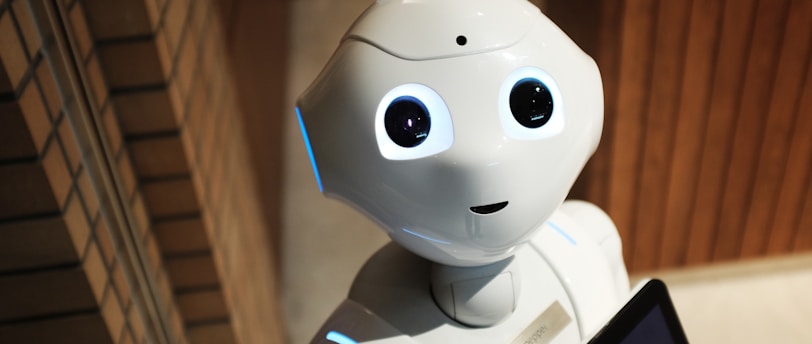Building an AI-Powered Chatbot: A Step-by-Step Guide
In the rapidly evolving landscape of technology, chatbots have become an integral part of businesses and customer service. These AI-powered conversational agents enable companies to provide instant and efficient responses to user queries. If you're keen on developing your own chatbot with artificial intelligence (AI), this step-by-step guide will help you embark on the exciting journey of creating a chatbot that can engage users intelligently.
TECHAI


Define Your Purpose and Audience
Before diving into the technicalities, clearly define the purpose of your chatbot and identify your target audience. Knowing your goals will guide the development process and help you design a chatbot that meets the specific needs of your users.
Choose the Right Platform and Technology
Selecting the appropriate platform and technology stack is crucial for the success of your chatbot. Popular platforms like Facebook Messenger, Slack, and WhatsApp provide extensive APIs for integration. Choose a technology stack that aligns with your project requirements, such as Node.js, Python, or Java, and consider using frameworks like Botpress or Microsoft Bot Framework.
Design the Conversation Flow
Map out the conversation flow your chatbot will follow. Start with a simple script that outlines the possible user inputs and the corresponding bot responses. This script will serve as a foundation for building the dialogue flow within your chatbot.
Integrate Natural Language Processing (NLP)
To make your chatbot more human-like, integrate Natural Language Processing (NLP) capabilities. Tools such as Dialogflow, Wit.ai, or Microsoft LUIS can help your chatbot understand and interpret user inputs more effectively. NLP enables your bot to comprehend context, intent, and entities, providing a more personalized user experience.
Develop and Train Your Chatbot
Begin coding your chatbot based on the outlined conversation flow. Train your bot using relevant datasets to improve its language comprehension and response accuracy. Regularly update the training data to enhance the chatbot's performance over time.
Implement Machine Learning for Continuous Improvement
Integrate machine learning algorithms to enable your chatbot to learn from user interactions. This allows the bot to adapt and improve its responses based on user feedback and changing patterns over time.
Test Thoroughly
Conduct comprehensive testing to ensure your chatbot functions seamlessly across different platforms and devices. Pay attention to edge cases and refine the conversation flow based on user testing feedback.
Deploy Your Chatbot
Once satisfied with the testing results, deploy your chatbot to the chosen platform. Ensure that the integration is smooth, and monitor the bot's performance in real-world scenarios.
Gather User Feedback
Encourage users to provide feedback on their interactions with the chatbot. Use this feedback to identify areas for improvement and enhance the chatbot's capabilities.
Iterate and Update
The development of a chatbot is an ongoing process. Regularly iterate on your chatbot's design, incorporate user feedback, and stay updated on advancements in AI and NLP technologies to keep your chatbot relevant and effective.
Conclusion
Creating an AI-powered chatbot requires a combination of strategic planning, technical expertise, and ongoing refinement. By following these steps, you can build a chatbot that not only meets your business objectives but also delivers a seamless and engaging experience for your users. Embrace the dynamic world of AI, and watch your chatbot evolve into a valuable asset for your organization.
#BuildAIChatbot #ConversationalAI #TechInnovation #NLPDevelopment #UserExperienceDesign #BotFramework #DigitalTransformation #MachineLearningChat #TechGuide #InnovateWithAI #techforcaring
